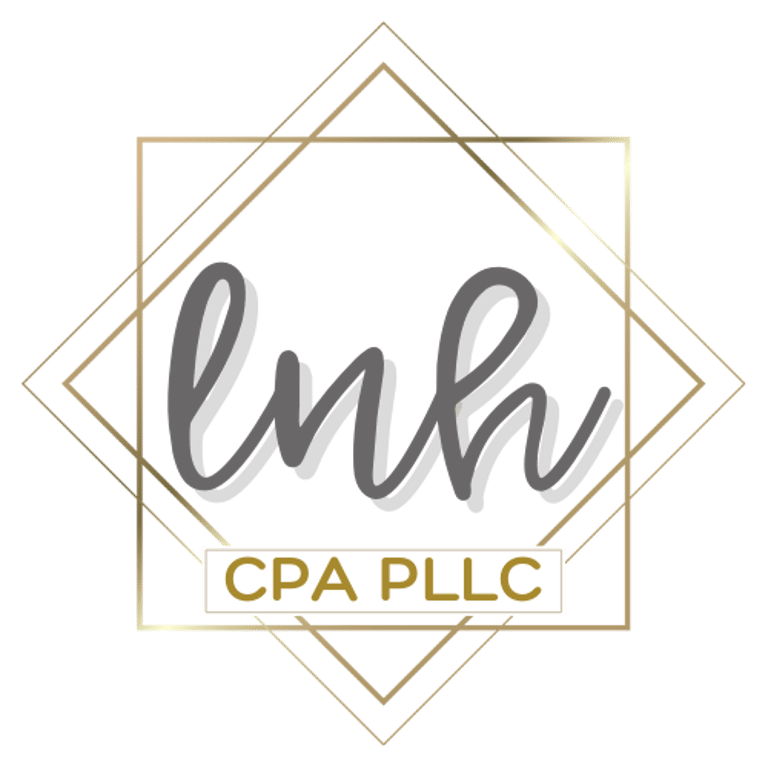What to Do When You’re Short on Cash but High on Invoices
Is your business struggling with slow payments and tight cash flow? Learn practical steps to manage your finances when invoices are outstanding but cash is low—plus tips to avoid the crunch next time.
BUSINESS FINANCE
Lena Hanna
5/11/20253 min read


You’ve done the work, sent the invoices, and maybe even lined up your next few projects. But your bank balance tells a different story: you’re low on cash—and the money you’re owed hasn’t come in yet. If this sounds familiar, you’re not alone. Many small business owners and contractors face this exact challenge: being “invoice rich” but “cash poor.”
So, what do you do when your accounts receivable are full, but your cash flow is tight? The answer lies in a mix of short-term actions and long-term strategy. Let’s walk through what to do next.
Get Clear on Where You Stand
The first step is to understand exactly how much cash you have on hand and how long it needs to last. This is where a simple cash flow forecast can be incredibly helpful. List out what you expect to spend and receive over the next four to six weeks. This will help you spot when cash might run out and allow you to make informed decisions—before you're in a crisis.
Even a basic spreadsheet or a free cash flow template can give you clarity. Once you can see what’s coming in and what’s going out, you’ll be in a better position to prioritize expenses and plan your next moves.
Follow Up on Outstanding Invoices
It’s easy to assume clients will pay when they’re ready, but in many cases, invoices slip through the cracks. Now is the time to reach out with a professional reminder. Review your list of unpaid invoices and send friendly but firm follow-ups. Include the due date and total amount due, and always provide a direct payment link or clear instructions for how to pay.
If you use accounting software like QuickBooks, or Xero, take advantage of automated invoice reminders to save time and reduce awkward back-and-forth. In many cases, a simple nudge is all it takes to get paid faster.
Offer an Incentive for Early Payment
When you need cash sooner, offering a small discount for early payment can be worth considering. For example, offering 2% off if the invoice is paid within 10 days may be enough motivation for some clients to settle up quickly. It’s not a long-term solution, and it does cut into your profits slightly—but if it helps you cover payroll or avoid borrowing, it may be a worthwhile tradeoff.
This type of early payment incentive works best with clients who have a solid history of timely payments and just need a little extra push.
Explore Short-Term Financing (Strategically)
If you’ve followed up and tightened spending but still need cash to bridge the gap, short-term financing may be an option. Options include a business line of credit, invoice financing (where you borrow against unpaid invoices), or a short-term working capital loan. Some businesses also turn to business credit cards in a pinch, but this should be a last resort due to high interest rates.
The key is to use financing as a tool—not a habit. If you borrow, have a clear plan for repayment and make sure you’re not just masking a bigger cash flow issue.
Adjust Your Billing Terms for the Future
If you’re regularly running into this issue, it may be time to revisit how and when you get paid. Instead of invoicing only when a job is complete, consider billing in stages—such as upfront deposits, progress payments, or milestone-based billing. Shortening your payment terms from Net 30 to Net 15 can also help bring in cash faster, especially with smaller or recurring jobs.
It’s also worth looking at which clients consistently pay late. If a pattern develops, you may want to set stricter payment expectations—or rethink the relationship altogether.
Cut or Delay Non-Essential Spending
When cash is tight, focus on the essentials. Payroll, subcontractor payments, materials for active projects, and taxes should take top priority. Look at other expenses—like software subscriptions, advertising, or discretionary purchases—and hit pause where you can. Every dollar conserved gives you more breathing room.
If you’re making payments on equipment or vehicles, contact your lender to see if they offer payment flexibility during slow periods. Many do, especially for businesses with a solid history.
Build a Better System for the Future
Once you’ve stabilized your cash flow, use this experience as motivation to build a more resilient system moving forward. Start by creating a dedicated cash reserve account and contribute to it regularly—even if it’s just a small percentage of each payment. Track your cash flow weekly rather than monthly, and keep a close eye on accounts receivable aging.
You might also consider working with a bookkeeper or virtual CPA to help you monitor and manage cash flow consistently. Having someone in your corner to forecast, plan, and catch red flags early can make a huge difference.
Final Thought
Being short on cash while waiting on invoices is frustrating—but it doesn’t have to derail your business. With a few strategic adjustments, you can get through the crunch and come out stronger. The key is staying proactive, organized, and flexible.
Need help setting up a system that supports your cash flow—not just your taxes? Contact me for personalized accounting support that gives you the tools, insight, and clarity to grow confidently—even when the cash gets tight.
